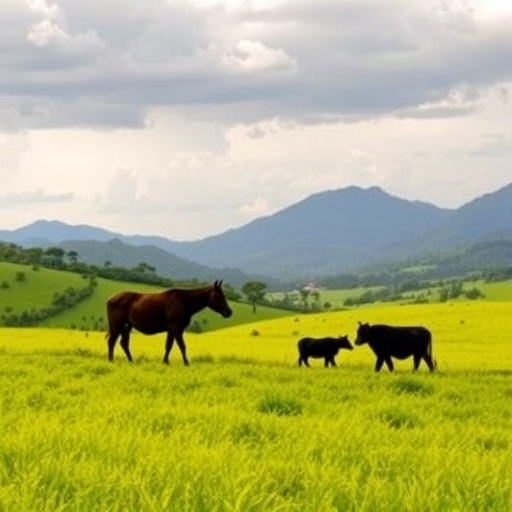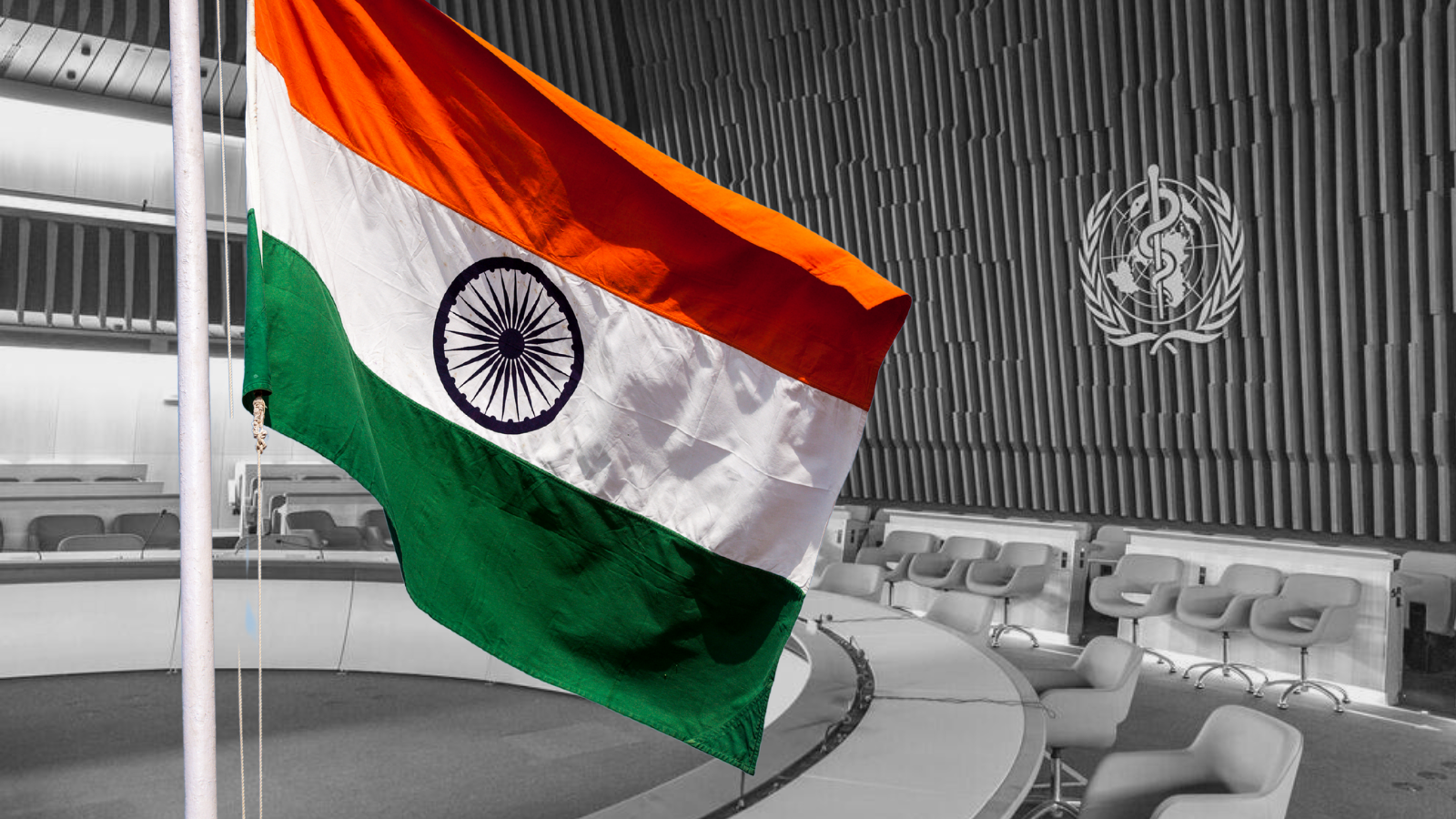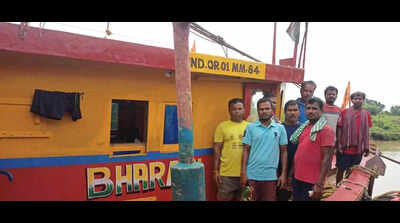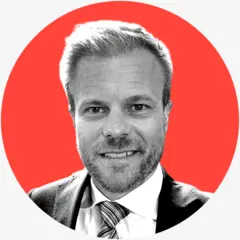First seaweed harvest at offshore wind farm – The Fish Site
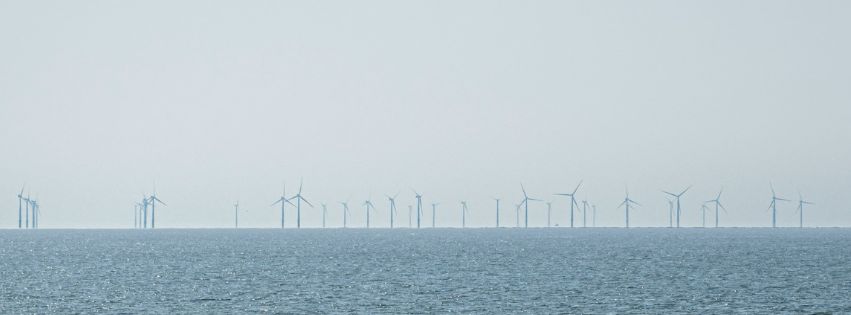
Report on the Inaugural Harvest of North Sea Farm 1 and its Alignment with Sustainable Development Goals
Project Overview and Strategic Importance
A milestone in sustainable marine resource management was achieved with the first harvest from North Sea Farm 1, a commercial-scale seaweed cultivation project. This initiative is uniquely positioned within the Hollandse Kust Zuid operational offshore wind farm in the North Sea, approximately 18 kilometres from the coast of Scheveningen, Netherlands.
- Project Lead: North Sea Farmers
- Funding: €2 million from Amazon’s Right Now Climate Fund
- Key Innovation: The world’s first commercial-scale seaweed farm co-located with offshore wind turbines, demonstrating a multi-use model for marine space.
- Development: The farm was developed by the Irish-based Simply Blue Group via its seaweed division, Óir na Farraige.
Contribution to United Nations Sustainable Development Goals (SDGs)
The North Sea Farm 1 project serves as a practical model for achieving several interconnected Sustainable Development Goals through innovative industrial and environmental synergy.
SDG 14: Life Below Water
The project’s core mission directly supports the conservation and sustainable use of marine resources.
- Sustainable Aquaculture: It establishes a method for seaweed cultivation that does not compete for land resources, potentially reducing pressure on terrestrial agriculture.
- Biodiversity Enhancement: Ongoing research aims to determine if the seaweed farm can create a positive long-term impact on marine biodiversity by functioning as a new habitat.
- Carbon Sequestration: The farm’s capacity to absorb and store carbon from the ocean is a key area of scientific investigation, contributing to the mitigation of ocean acidification.
SDG 13: Climate Action
The initiative is fundamentally linked to climate change mitigation and resilience.
- The project is designed to provide critical data on how large-scale seaweed farming can remove carbon from the atmosphere.
- Funding from Amazon’s Right Now Climate Fund underscores its role as a nature-based solution to climate change.
- By proving the concept, it offers a scalable model for global climate action initiatives.
SDG 7: Affordable and Clean Energy
The project pioneers the integration of aquaculture with renewable energy infrastructure.
- It demonstrates an efficient multi-use strategy for marine areas designated for offshore wind energy production.
- The co-location model provides the farm with physical protection from maritime traffic, enhancing operational security without requiring new exclusion zones.
SDG 9: Industry, Innovation, and Infrastructure
This project represents a significant advancement in resilient and sustainable infrastructure.
- It proves that seaweed production is technically and commercially viable within existing offshore energy infrastructure.
- The rapid progression from concept in 2022 to harvest in 2024 in the Netherlands highlights an enabling regulatory environment for blue economy innovations.
SDG 17: Partnerships for the Goals
The success of North Sea Farm 1 is a direct result of a multi-stakeholder partnership.
- Corporate Funding: Amazon
- Project Management & Cultivation: North Sea Farmers
- Infrastructure Development: Simply Blue Group (Óir na Farraige)
- Site & Cooperation: Vattenfall (wind farm owner)
- Scientific Research: Plymouth Marine Laboratory, Deltares, and Silvestrum Climate Associates
Environmental Monitoring and Future Implications
Scientific Analysis
A comprehensive research program is underway to assess the project’s environmental impact and scalability. Researchers from Plymouth Marine Laboratory, Deltares, and Silvestrum Climate Associates are conducting detailed analysis.
- Carbon Pathway Analysis: Tracking the movement of carbon from seawater into the seaweed and the surrounding ecosystem.
- Biodiversity Assessment: Utilizing seabed samples, water samples, and advanced eDNA techniques to monitor the development of the marine habitat and its effect on local species.
- Growth and Yield Monitoring: Analyzing seaweed growth rates and harvest yields to determine the potential for global scaling.
Operational Details
The harvesting process involves a specialized vessel navigating between the wind turbines to collect seaweed from four large nets, each measuring 50 by 3 metres, anchored to the seabed across a five-hectare area.
Analysis of Sustainable Development Goals in the Article
1. Which SDGs are addressed or connected to the issues highlighted in the article?
-
SDG 14: Life Below Water
- The article’s central theme is seaweed aquaculture within a marine environment (the North Sea). It explicitly discusses the project’s goal to have a “positive long-term impact on both biodiversity and climate change mitigation” and mentions the monitoring of “impacts on marine life” and the “developing habitat.” This directly relates to the conservation and sustainable use of marine resources.
-
SDG 13: Climate Action
- The project is supported by Amazon’s “Right Now Climate Fund” and is being studied for its climate benefits. The article highlights that researchers are investigating “how seaweed farms remove carbon from the atmosphere, contributing to climate resilience.” This directly addresses climate change mitigation.
-
SDG 9: Industry, Innovation, and Infrastructure
- The initiative is described as the “world’s first commercial-scale seaweed farm to be positioned between wind turbines” and a “model for future co-location projects.” This represents an innovative approach to using existing offshore wind farm infrastructure for multiple purposes (multi-use marine spaces), which is a key aspect of sustainable industrialization and innovation.
-
SDG 7: Affordable and Clean Energy
- The project is physically located within the “Hollandse Kust Zuid wind farm,” an operational offshore renewable energy facility. By demonstrating the viability of co-locating aquaculture with wind energy production, the project supports the expansion and efficient use of land/sea designated for clean energy infrastructure.
-
SDG 8: Decent Work and Economic Growth
- The article refers to the project as a “viable commercial concept” and highlights the “potential of the blue economy.” This points to the creation of new economic opportunities and industries based on sustainable practices, contributing to economic growth.
-
SDG 2: Zero Hunger
- Seaweed is a food source, and the project involves a “harvest” from a “cultivated seaweed farm.” The article also notes that in the long term, seaweed farms could “reduce agricultural pressure on land,” which relates to creating more sustainable food production systems.
2. What specific targets under those SDGs can be identified based on the article’s content?
-
Under SDG 14 (Life Below Water):
- Target 14.2: Sustainably manage and protect marine and coastal ecosystems. The project aims to demonstrate a “positive long-term impact on both biodiversity” and involves detailed monitoring of the marine habitat.
- Target 14.7: Increase the economic benefits from the sustainable use of marine resources, including through sustainable management of aquaculture. The article emphasizes that the project is a “commercial-scale seaweed farm” and a “viable commercial concept,” unlocking the “potential of the blue economy.”
- Target 14.a: Increase scientific knowledge and develop research capacity. The project provides “valuable insights to researchers,” involves “ongoing scientific research,” and uses “advanced eDNA techniques” to understand the environmental impacts.
-
Under SDG 13 (Climate Action):
- Target 13.3: Improve education, awareness-raising and human and institutional capacity on climate change mitigation. The research component of the project, which studies carbon removal and climate resilience, directly contributes to building knowledge and capacity in this area.
-
Under SDG 9 (Industry, Innovation, and Infrastructure):
- Target 9.1: Develop quality, reliable, sustainable and resilient infrastructure. The project is an innovative model for the multi-use of sustainable energy infrastructure (offshore wind farms).
-
Under SDG 2 (Zero Hunger):
- Target 2.4: Ensure sustainable food production systems and implement resilient agricultural practices. The project is a form of sustainable aquaculture that could “reduce agricultural pressure on land.”
3. Are there any indicators mentioned or implied in the article that can be used to measure progress towards the identified targets?
-
For SDG 14 (Life Below Water):
- Biodiversity Impact: Progress is measured through “seabed samples, water samples and in-situ monitoring of marine life” and the use of “advanced eDNA techniques to gain a detailed understanding of the developing habitat and the various species it may or may not be supporting.”
- Scientific Knowledge: Progress is indicated by the data gathered from “satellite data and site visits” and the analysis of “seaweed growth.”
-
For SDG 13 (Climate Action):
- Carbon Removal: Progress is measured by the analysis of “carbon uptake” and tracking “the carbon from the seawater into the seaweed.” This directly quantifies the project’s contribution to climate change mitigation.
-
For SDG 2 (Zero Hunger) & SDG 8 (Decent Work and Economic Growth):
- Production Scale: The scale of the harvest is an indicator of its commercial viability and contribution to food systems. The article mentions the collection of seaweed from “four large nets, each measuring 50 metres by 3 metres” over a total area of “five hectares.”
4. Table of SDGs, Targets, and Indicators
| SDGs | Targets | Indicators |
|---|---|---|
| SDG 14: Life Below Water |
14.2: Sustainably manage and protect marine ecosystems.
14.7: Increase economic benefits from sustainable aquaculture. 14.a: Increase scientific knowledge and research capacity. |
Analysis of seabed samples, water samples, and marine life using eDNA techniques.
Demonstration of a “viable commercial concept” and harvest from a five-hectare farm. Analysis of seaweed growth, monitoring via satellite and site visits. |
| SDG 13: Climate Action | 13.3: Improve capacity on climate change mitigation. | Analysis of “carbon uptake” and how seaweed farms “remove carbon from the atmosphere.” |
| SDG 9: Industry, Innovation, and Infrastructure | 9.1: Develop sustainable and resilient infrastructure. | Successful co-location of a commercial seaweed farm within an operational offshore wind farm. |
| SDG 7: Affordable and Clean Energy | 7.2: Increase the share of renewable energy. | Demonstrating multi-use of marine space designated for offshore wind farms, supporting the viability of such projects. |
| SDG 8: Decent Work and Economic Growth | 8.2: Achieve higher levels of economic productivity through innovation. | Development of the “blue economy” through a new “commercial-scale” seaweed farming model. |
| SDG 2: Zero Hunger | 2.4: Ensure sustainable food production systems. | The size of the seaweed harvest (from four 50x3m nets); potential to “reduce agricultural pressure on land.” |
Source: thefishsite.com

What is Your Reaction?
 Like
0
Like
0
 Dislike
0
Dislike
0
 Love
0
Love
0
 Funny
0
Funny
0
 Angry
0
Angry
0
 Sad
0
Sad
0
 Wow
0
Wow
0









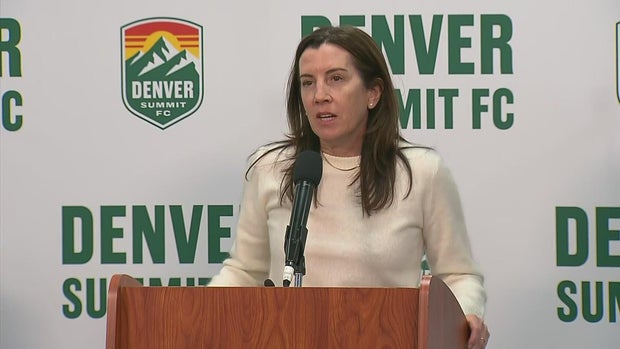

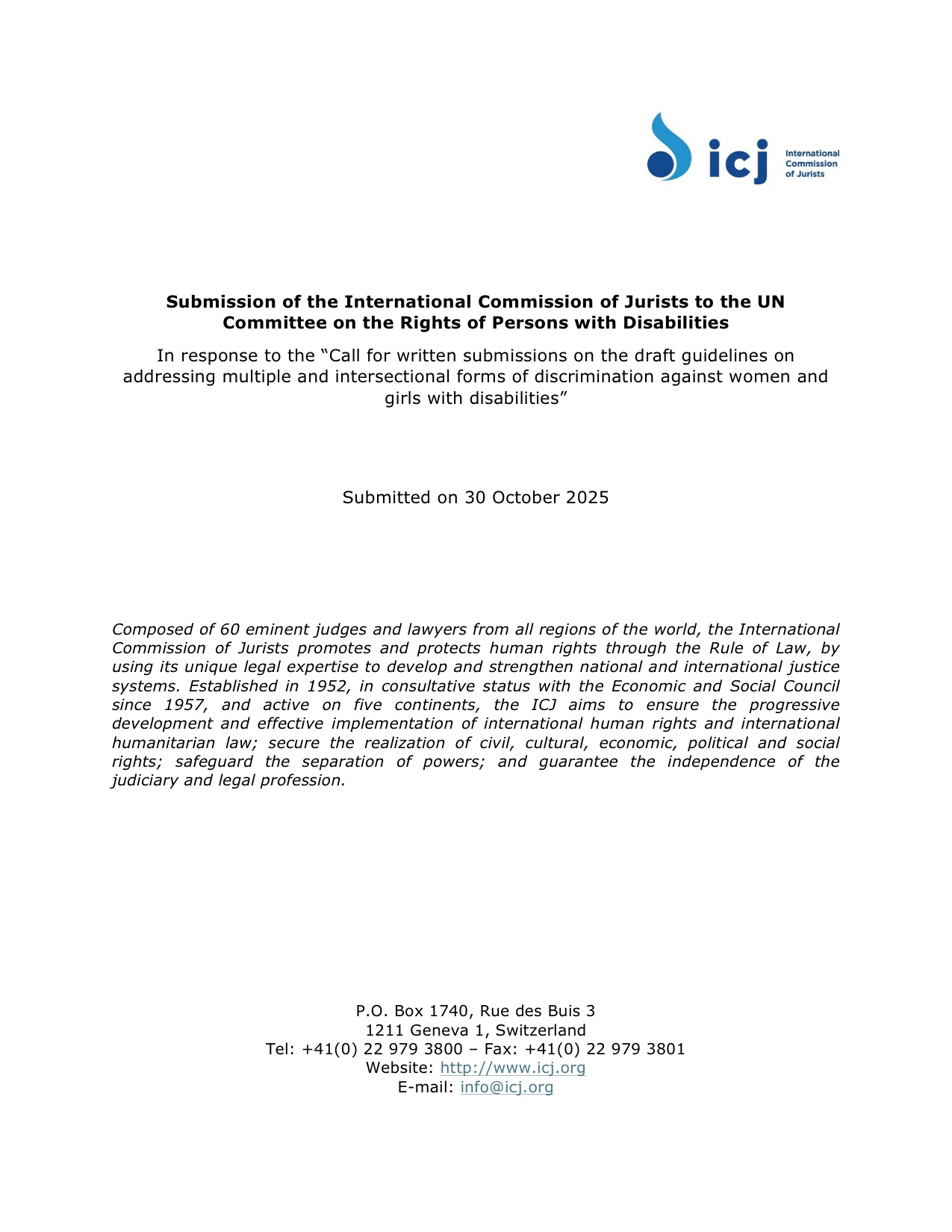






-1920w.png?#)








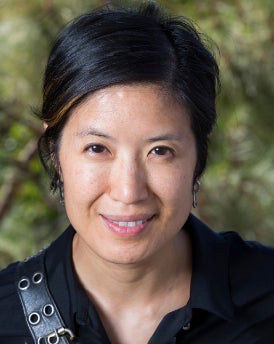













;Resize=805#)











